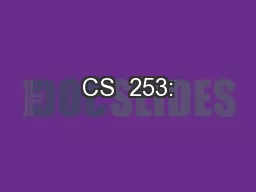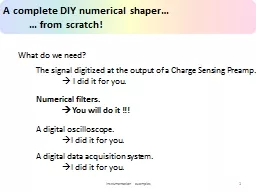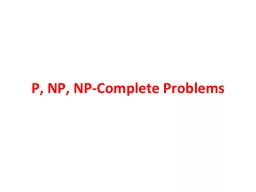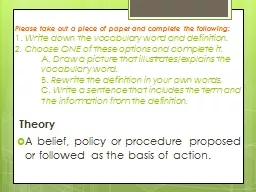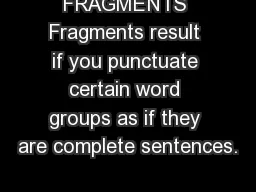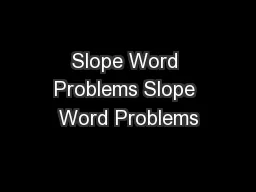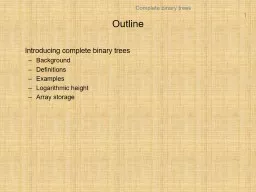PPT-NP-Complete problems
Author : ellena-manuel | Published Date : 2016-07-29
Admin Two more assignments No office hours on tomorrow Runtime analysis Weve spent a lot of time in this class putting algorithms into specific runtime categories
Presentation Embed Code
Download Presentation
Download Presentation The PPT/PDF document "NP-Complete problems" is the property of its rightful owner. Permission is granted to download and print the materials on this website for personal, non-commercial use only, and to display it on your personal computer provided you do not modify the materials and that you retain all copyright notices contained in the materials. By downloading content from our website, you accept the terms of this agreement.
NP-Complete problems: Transcript
Download Rules Of Document
"NP-Complete problems"The content belongs to its owner. You may download and print it for personal use, without modification, and keep all copyright notices. By downloading, you agree to these terms.
Related Documents



